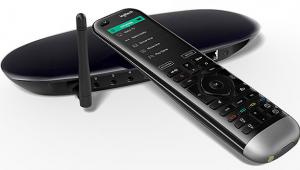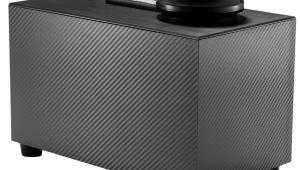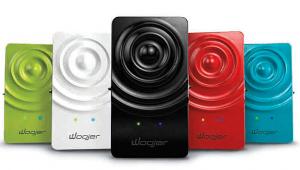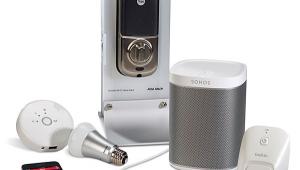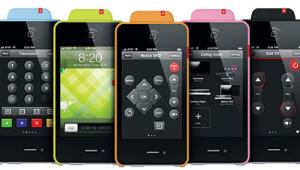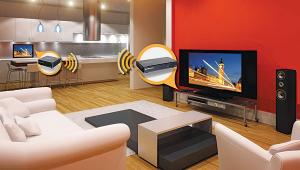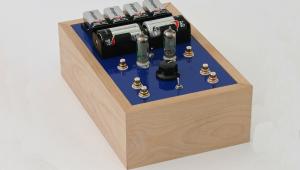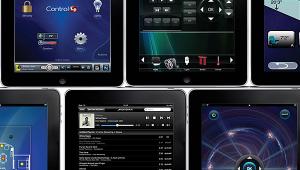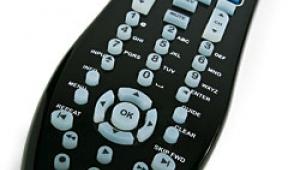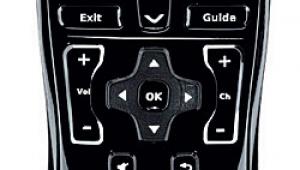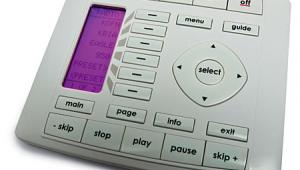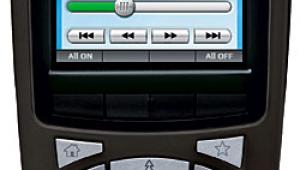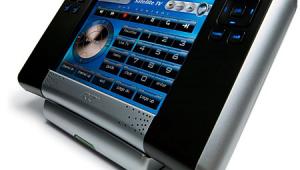Test Report: Parasound Zphono-USB Phono Preamp

There’s some debate among vinylphiles about whether USB phono preamps need to exist, but I for one am glad they do. When I bring home my latest haul of vinyl from Amoeba Records, I love being able to plug a laptop straight into my NAD PP 3 to make quick MP3s of albums I like so I can listen to them on my smartphone. (Sacrilege!) It’s easier than making an analog connection, and it bypasses the lousy analog-to-digital converter built into my laptop.
With the Zphono-USB, Parasound brings new versatility and features to the USB phono pre concept.
A USB gain control with clipping indicator makes level setting easier. A bypass switch for its RIAA record equalization circuitry lets you do the RIAA EQ with your recording software if you prefer. Selectable loading (100 ohms or 47 kilohms) lets you get the best sound from your moving-coil cartridge. A rumble filter button removes low-frequency vibrations. There’s even a 3.5mm headphone jack on the front for convenient monitoring while you’re making dubs, although there’s no level control for the headphone output.
The back panel includes a phono input, two line inputs, a USB out, and a line out. Unlike many relatively low-priced phono pres, the Zphono-USB has its power supply built in — it doesn’t use a wall wart. I don’t need the line inputs, but they’ll come in handy if you want to, say, convert some of your old reel-to-reel or cassette tapes into MP3s.
There’s no question that the Zphono-USB is one of the most feature-packed phono pres ever made. The question is, do all those features really add anything?
The Knob is King
I tried the Zphono-USB with my own Pro-Ject RM-1.3 turntable, using two different cartridges: a Denon DL-103 moving-coil cartridge and a Sumiko Pearl moving-magnet cartridge. I also tried it with the Rega RP6, using a Rega Exact MM cartridge. I used two systems: a Krell S-300i integrated amp with Krell Resolution One speakers, and a HiFiMan EF-6 headphone amp with HiFiMan HE-6 headphones.
Hands-down, the best part about the Zphono-USB is that USB gain control. I loved being able to put my Sony Sound Forge software into record mode, then watching the onscreen meters while I turned up the USB gain for just the right recording level. You can do this through your computer’s own audio control panel or recording software, but it’s so much easier just to twist a knob.
I have to confess I really didn’t much need all those extra features, although I’m sure they could come in handy if I had, say, a more esoteric MC cartridge that required a high load impedance, or if I had mono records. And if I still lived up on 108th Street and Central Park West in Manhattan, four stories above the 8th Avenue subway line, I’m sure the rumble filter would come in handy. Although I haven’t been doing RIAA in the digital domain, in the computer software, it’s great to know I can turn off the Zphono-USB’s RIAA EQ if I ever want to upgrade my computer recording rig.

